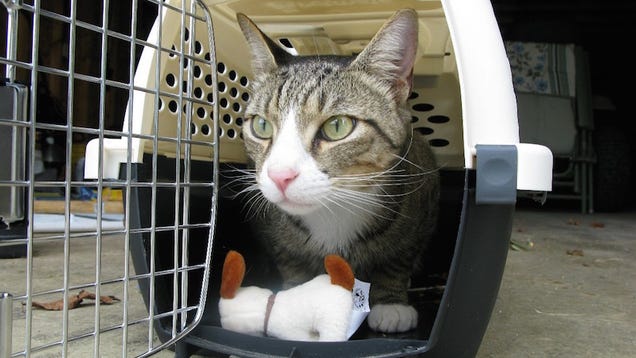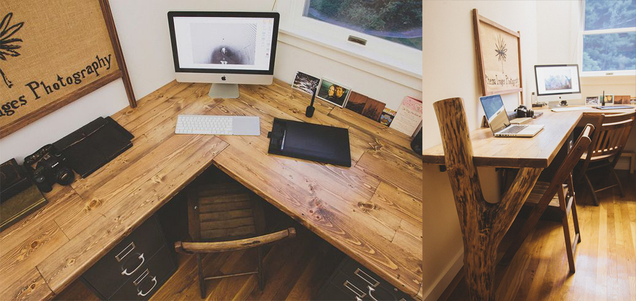
2015 might be ebbing away, but a tidal wave of joy has only just slammed into Malaysia’s legion of gadget geeks. Always one to create a splash on the shores of the tech world, Samsung has unveiled yet another device – its latest tablet of the year: the 8 and 9.7-inch Samsung Galaxy Tab S2. But this isn’t JUST another device – though crammed with impressive features, the Galaxy Tab S2 is slimmer than a tabloid newspaper, and lighter than a can of Coke – making it a ‘tiny titan’ of a tablet.
Size, weight and exterior
Skeletally-thin, at only 5.6mm, and weighing a feathery 272 grams, the Galaxy Tab S2 is immensely portable – I had no difficulty balancing the tablet on the tip of my forefinger. You could carry it around with you and almost forget you had it.
Slickly-designed, the device is free of exterior clutter thanks to its power button, volume rocker, SIM and microSD slots gathered in a cluster along the right edge. It features a physical home key which doubles as a fingerprint scanner, and allows for easy – but secure – unlocking. And the giant F/1.9 aperture of the 8MP rear camera appears only as a slight, circular raise on the Galaxy Tab S2’s sleek back surface.

8-inch Super AMOLED display
I’ve seen more than my fair share of displays, but the Galaxy Tab S2’s 8-inch Super AMOLED is one of the top three I have ever had the pleasure of using. Boasting a staggeringly high resolution of 2048×1536 pixels, the tablet’s display makes hues jump off the screen, delivering 94% of natural tones for true-to-life colours. Its reading optimized-ratio also makes the tablet ideal for scanning text in various media.
Productivity and entertainment
The Galaxy Tab S2 runs Android 5.0 (Lollipop) with the familiar Touch Wiz UI, and it comes preloaded with Microsoft Office Solutions, and free OneDrive 100GB of cloud storage for 2 years.
For work, the tablet offers a Multitasking feature which allows you to run, view and navigate between two apps in pop-up windows simultaneously.
For play, you can enjoy Galaxy Tab S2’s preloaded iFlix (Southeast Asia’s top internet TV service) free for 1 year; and Samsung Milk Music’s 150 customisable, genre-based and curated stations.

Performance and battery life
Powered by Octa-core processor (Quad 1.9GHz + Quad 1.3GHz), 3GB RAM and 32GB internal memory, the Galaxy Tab S2 supports microSD memory cards of up to 128GB.
Most impressively, the tablet’s 4,000 mAh battery allows for an impressive 8 hours and 12 minutes of usage.
Price and colours
Samsung Galaxy Tab S2 is priced at RM1,699 (8 inch) and RM1,999 (9.7 inch); and is available in Gold, White and Black.
*Based on an article published by titanic tech talent and bionic blogger Liew FC in the epidemically-popular www.liewcf.com.
For more tech-straordinary tech news, shrewd gadget reviews and whirlwind IT industry event coverage, visit www.LiewCF.com. You can also follow the bold blogger on Facebook, Twitter and Instagram @LiewCF.
 ‘Hooman’ visitors to my home often wag their tails over the fact that my menagerie of cats and dogs get along like BFFs. No torn-out tufts of feline fur, or canine running-with-tail-between-legs incidents are ever stumbled upon. While my lively household also comprises an African savannah-ful of rabbits, birds, sugar gliders and reptiles, it is the detente maintained between the purported age-old nemeses of cats and dogs that elicit the most comment. But the truth is, doggy and kitty love isn’t that hard to kindle.
‘Hooman’ visitors to my home often wag their tails over the fact that my menagerie of cats and dogs get along like BFFs. No torn-out tufts of feline fur, or canine running-with-tail-between-legs incidents are ever stumbled upon. While my lively household also comprises an African savannah-ful of rabbits, birds, sugar gliders and reptiles, it is the detente maintained between the purported age-old nemeses of cats and dogs that elicit the most comment. But the truth is, doggy and kitty love isn’t that hard to kindle.






















































































